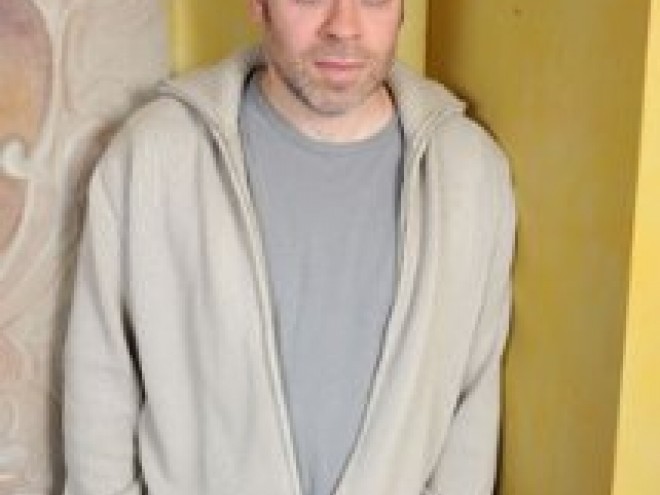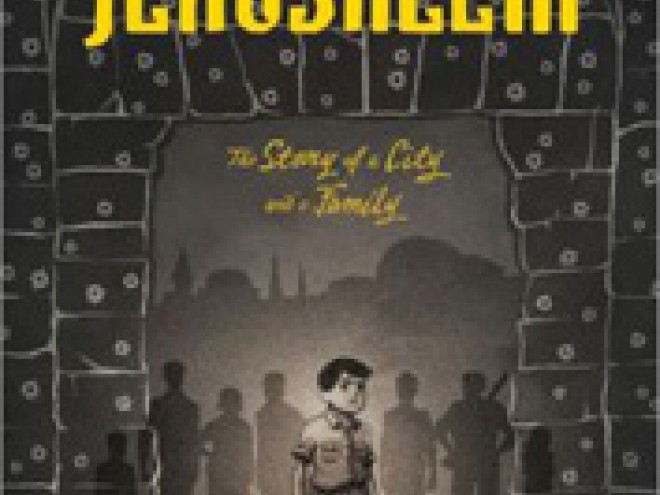This graphic novel rendered in black, white, and gray tells the story of three generations of the families of Izak and Yakov Halaby, two brothers living in Jerusalem from 1945 to 1948. It is based on stories told to the author by his father, who lived in the Mahane Yehuda neighborhood in Jerusalem during those difficult years. The author, who is also a filmmaker and director, and the illustrator take on the challenge of depicting this critical period in Jewish history, including the siege of Jerusalem, the Deir Yassin massacre, the Battle of Latrun, and the historic UN vote to establish the State of Israel.
Waves of immigrants have arrived in Jerusalem from Eastern Europe and the neighboring Arab countries. The British Mandate is in effect, despised by both Jews and Arabs, and while the Arab Revolt of 1936 was finally quashed by the British, the Jewish population soon began its own. The relationship between the Jews and the British was complicated. The Arab Revolt caused the British to limit Jewish immigration to Palestine during World War II, when it was most necessary. Although a large contingent of Jews from Palestine joined the British to fight against the Nazis in Europe, at the same time the Jews were organizing their own underground revolt against British rule in Palestine, which was seen as a hostile occupying force. This story shows some Jews tried to work with the Arab population against the British while most were arming to fight both the Arabs and British. The mix of Jerusalem’s Jews includes socialists and freedom fighters, secular and religiously observant, wealthy and poor.
Differing viewpoints are reflected in members of the Halaby clan. While Izak and Yakov interact negatively, their children form their own, varied relationships. National and international politics, family loyalties, and daily life in wartime are the topics at hand. The pages are filled with violent images and mostly angry dialogue between different groupings of family members. However, there are a couple of loving moments and some space is made for culture, as one of the Halaby children works in a theater. Those scenes lighten this harsh tale somewhat. It is necessary to absorb the short introductory summary of Jerusalem’s recent history and to rely on the family tree in order to better understand the events as they are told.
Miriam Bradman Abrahams, mom, grandmom, avid reader, sometime writer, born in Havana, raised in Brooklyn, residing in Long Beach on Long Island. Longtime former One Region One Book chair and JBC liaison for Nassau Hadassah, currently presenting Incident at San Miguel with author AJ Sidransky who wrote the historical fiction based on her Cuban Jewish refugee family’s experiences during the revolution. Fluent in Spanish and Hebrew, certified hatha yoga instructor.



